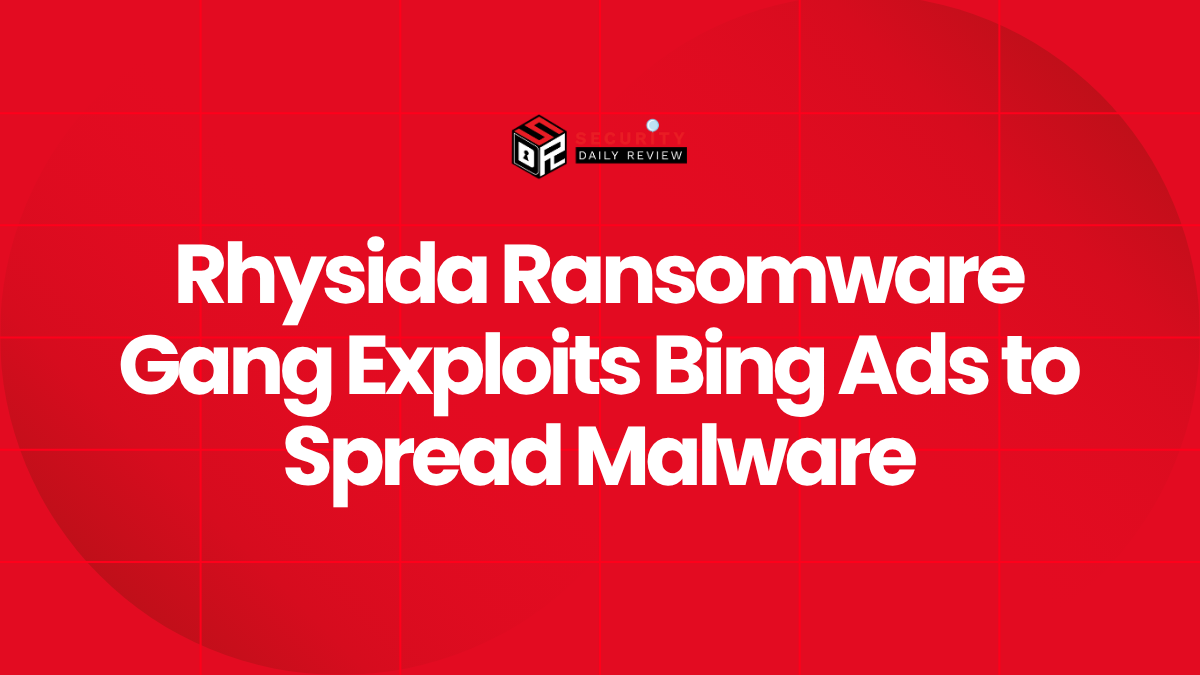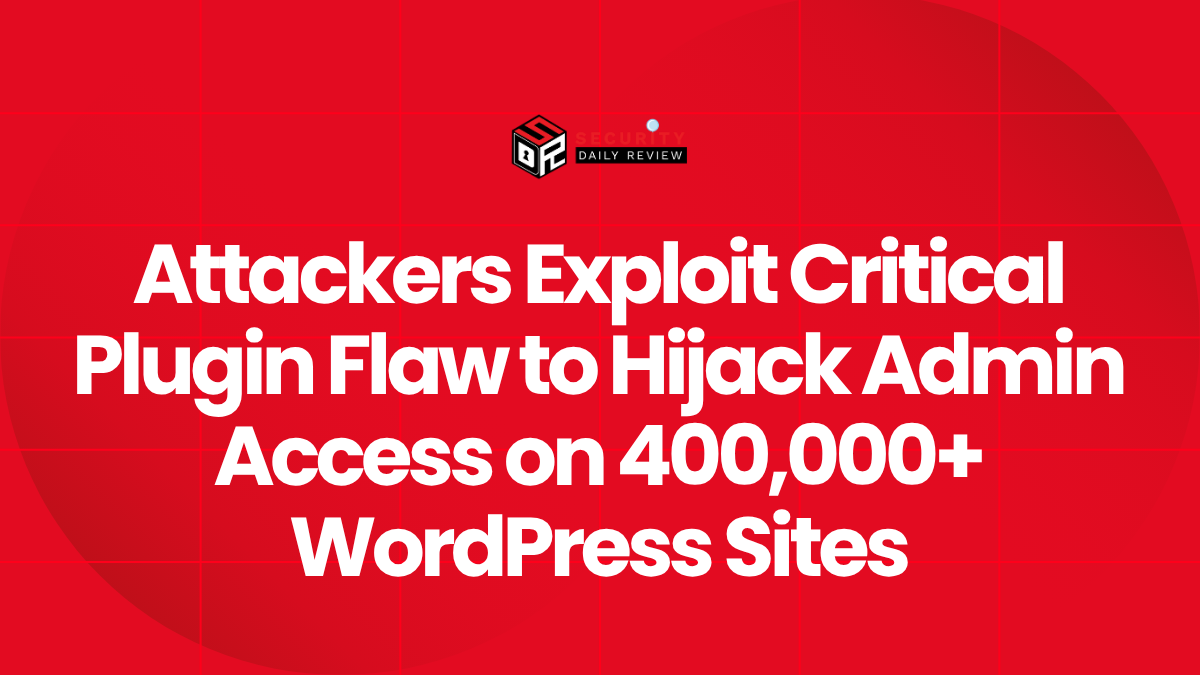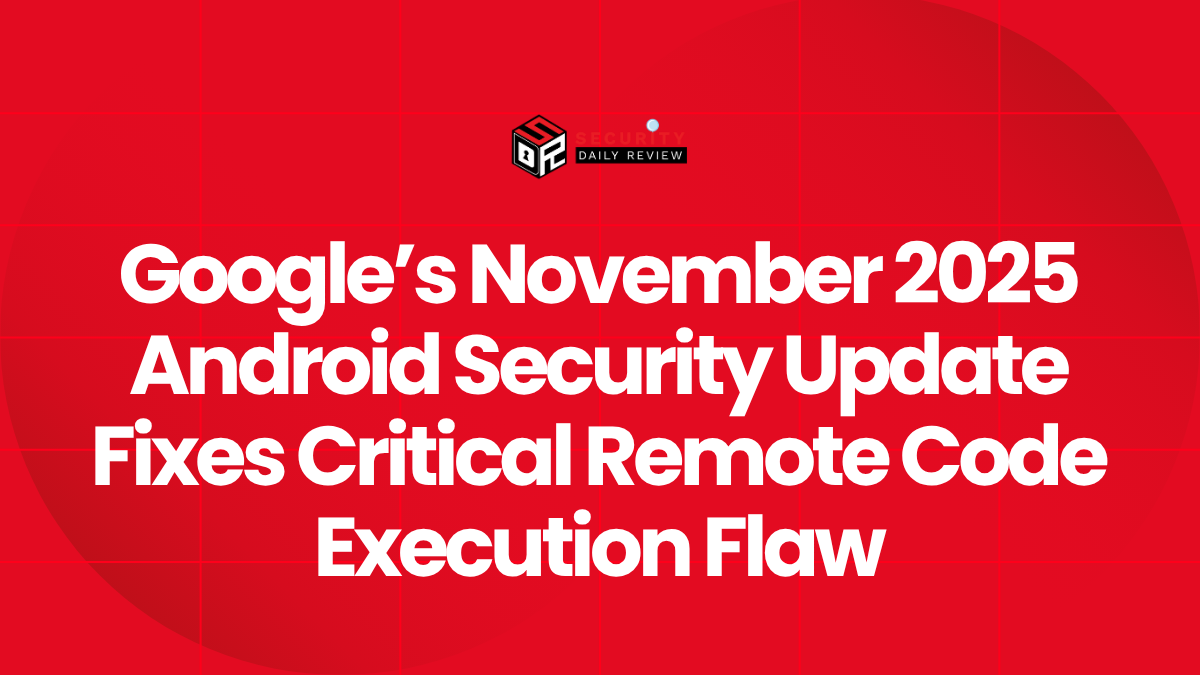A significant Cisco data leak has exposed 2.9 gigabytes of data, including source code, certificates, and internal documentation, revealing a security lapse stemming from a misconfiguration rather than a direct system breach.
The Breach and its Fallout
On December 16th, 2024, a hacker known as “IntelBroker” leaked a substantial amount of data from Cisco’s DevHub platform onto BreachForums, a dark web marketplace. The leaked data, totaling 2.9 gigabytes, reportedly included source code written in JavaScript and Python, certificates, library files, and internal documentation related to several key Cisco products.
These products include the widely used Catalyst switches, IOS operating systems, WebEx collaboration tools, and Secure Access Service Edge (SASE) solutions. The sheer volume of the leaked data—part of a larger 4.5 terabyte trove, according to IntelBroker—raises serious concerns about the potential impact on Cisco’s security posture and its customers.
Initially, on October 14th, IntelBroker posted screenshots of files on BreachForums, claiming a successful breach of Cisco’s systems. Cisco’s swift response involved immediately disabling public access to DevHub and launching a thorough investigation.
The investigation revealed that the data exposure originated not from a breach of internal systems, but from a configuration error on devhub.cisco.com. This site, designed to provide software code, templates, and scripts to developers, partners, and customers, had a misconfiguration during a data migration process. This error inadvertently granted access to files not intended for public consumption, allowing the hacker to download them.
Cisco emphasized that the exposed files did not contain sensitive information that could compromise its products or customer data. However, the leak did affect a limited number of Cisco CX Professional Services customers. Cisco proactively notified these customers, providing them with copies of the affected files and offering assistance in assessing any potential risks.
Technical Details of the Cisco Data Leak
The leaked data included a variety of sensitive materials, highlighting the severity of the configuration error. The specifics of the leaked information include:
- Source Code: Significant portions of Cisco’s source code, written in JavaScript and Python, were exposed. This could potentially allow attackers to identify vulnerabilities and exploit them.
- Certificates and Library Files: The leak included certificates and library files, which could be used for malicious purposes, such as creating fraudulent certificates or compromising the integrity of Cisco’s systems.
- Internal Documentation: Internal documentation related to Cisco products was also compromised. This information could reveal valuable insights into Cisco’s internal processes and security measures.
The fact that the leak stemmed from a configuration error, rather than a sophisticated attack on Cisco’s internal systems, underscores the importance of robust configuration management and security practices. The incident serves as a stark reminder that even seemingly minor misconfigurations can have significant consequences.
Cisco’s Response and Mitigation Efforts
Cisco’s response to the Cisco data leak was multifaceted and included the following key actions:
- Disabling Access: Immediate disabling of public access to DevHub to contain the damage and prevent further unauthorized access.
- Law Enforcement Engagement: Collaboration with law enforcement and engagement of third-party forensic experts to thoroughly investigate the incident and identify the root cause.
- Error Correction: Identification and correction of the misconfigured data migration script that caused the data exposure.
- Customer Notifications: Proactive notification of affected customers, providing them with copies of the relevant files and offering support to assess potential risks.
- Enhanced Security Measures: Implementation of enhanced security measures to prevent future occurrences, including stricter controls over automation processes, improved monitoring systems for public-facing platforms, and expanded quality assurance testing.
While Cisco maintains that no internal systems or enterprise environments were compromised, the incident highlights the critical need for continuous vigilance and robust security practices in managing even seemingly innocuous public-facing platforms. The scale of the leak, involving source code and internal documentation, underscores the potential for significant damage from even seemingly minor configuration errors.









